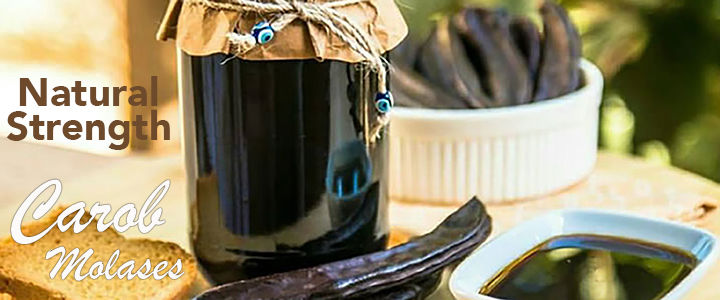English
You have no items in your shopping cart.
Products tagged with 'basak'
BASAK Red Pepper Sweet 70g
The finest red pepper powder of the almost satin texture easily finds its place in almost every dish. There is no stew, paprikash, goulash, meat dish, rice dishes, sauces or cheese dishes that can have the completely full taste without this super seasoning. Apart from its sweet aroma, it is very recognizable for its carmine red colour: all the other spices have that jealousy blush when comparing to red pepper!
$3.99
BASAK Rice Flour 250g
Rice flour (also rice powder) is a form of flour made from finely milled rice. It is distinct from rice starch, which is usually produced by steeping rice in lye. Rice flour is a common substitute for wheat flour. It is also used as a thickening agent in recipes that are refrigerated or frozen since it inhibits liquid separation.
$3.49
BASAK Sesame Seed 100g
Sesame seeds are tiny, oil-rich seeds that grow in pods on the Sesamum indicum plant. Unhulled seeds have the outer, edible husk intact, while hulled seeds come without the husk. The hull gives the seeds a golden-brown hue. Hulled seeds have an off-white color but turn brown when roasted.
$3.99
BASAK Sugared Roasted Chickpeas (Sekerli Leblebi) 300g
Sugar-coated chickpeas are a crunchy treat with a sweet candy coating. As a naturally rich source of protein, dietary fiber, and minerals, garbanzo beans make this a nutritious snack that satisfies both savory and sweet cravings. These tasty, pastel-colored treats are perfect for Easter and other springtime celebrations. These candy-coated chickpeas are a sweet surprise indeed.
$4.49
BASAK Sumac 30g
Sumac leaves are characteristically arranged in spirals and are usually compound, though some species have simple leaves. The minute flowers have five petals and are borne in dense panicles or spikes. The fruits are red drupes and also are borne in dense upright clusters. All sumacs have a milky or resinous sap. Sumacs grow in subtropical and temperate regions throughout the world, especially in East Asia, Africa and North America. Sumacs are shrubs and small trees that can reach a height of 1–10 m (3.3–32.8 ft). The leaves are spirally arranged; they are usually pinnately compound, though some species have trifoliate or simple leaves. Sumacs propagate both by seed (spread by birds and other animals through their droppings), and by new shoots from rhizomes, forming large clonal colonies. The word 'sumac' traces its etymology from Old French sumac, from Mediaeval Latin sumach, from Arabic summaq, from Syriac summaq meaning "red".
$4.99
BASAK Wheat Starch 250g
Wheat starch is a carbohydrate found in many plants and is a common part of the human diet. Typical sources of include wheat, corn, potatoes or tapioca. It is a polysaccharide containing an abundance of glucose molecules. Whether in its original form or as one of its derivatives, starch has a variety of uses in the food and manufacturing industries.
$3.99
.gif)












































.jpeg)